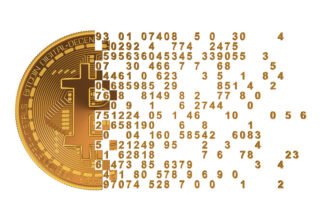Technological revolutions happen in two main phases: the installation phase and the deployment phase. Here’s a chart (from this excellent book by Carlota Perez via Fred Wilson) showing the four previous technological revolutions and the first part of the current one:
Technological revolutions happen in two main phases: the installation phase and the deployment phase. Here’s a chart (from this excellent book by Carlota Perez via Fred Wilson) showing the four previous technological revolutions and the first part of the current one:

Each revolution begins with a financial bubble that propels the (irrationally) rapid “installation” of the new technology. Then there’s a crash, followed by a recovery and then a long period of productive growth as the new technology is “deployed” throughout other industries as well as society more broadly. Eventually the revolution runs its course and a new technological revolution begins.
In the transition from installation to deployment, the bulk of the entrepreneurial activity moves “up the stack.” For example, in the installation phase of the automobile revolution, the action was in building cars. In the deployment phase, the action shifted to the app layer: the highway system, shipping, suburbanization, big box retail, etc.
This pattern is repeating itself in the computing/internet revolution. Most of the successful startups in the 90s built core infrastructure (e.g. optical switching) whereas most of the successful startups since then built applications on top of that infrastructure (e.g. search). The next phase should see startups higher in the stack. According to historical patterns, these would be ones that require deeper cultural change or deeper integration into existing industries.
Some questions to consider:
- What industries are the best candidates for the next phase of deployment? The likely candidates are the information-intensive mega-industries that have been only superficially affected by the internet thus far: education, healthcare, and finance. Note that deployment doesn’t just mean creating, say, a healthcare or education app. It means refactoring an industry into its “optimal structure” – what the industry would look like if rebuilt from scratch using the new technology.
- How long will this deployment period last? Most people – at least in the tech industry – think it’s just getting started. From the inside, it looks like one big revolution with lots of smaller, internal revolutions (PC, internet, mobile, etc). Each smaller revolution extends the duration and impact of the core revolution.
- Where will this innovation take place? The historical pattern suggests it will become more geographically diffuse over time. Detroit was the main beneficiary of the first part of the automobile revolution. Lots of other places benefited from the second part. This is the main reason to be bullish on ”application layer” cities like New York and LA. It is also suggests that entrepreneurs will increasingly have multi-disciplinary expertise.









